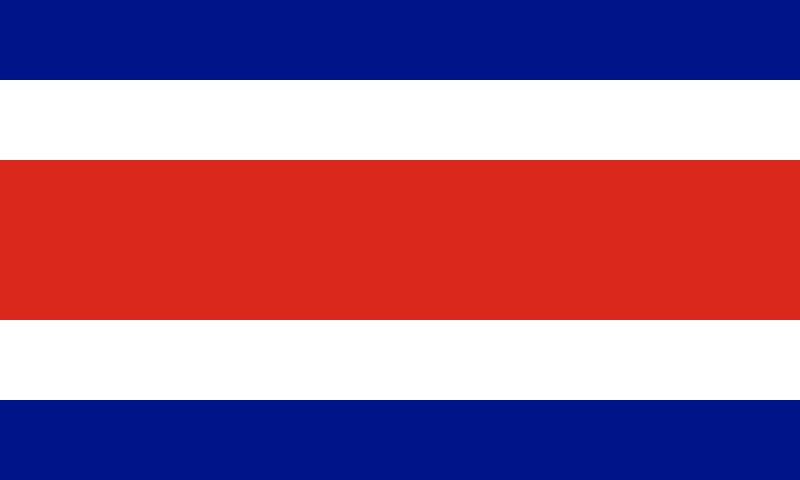Alajuela
Visit the guide
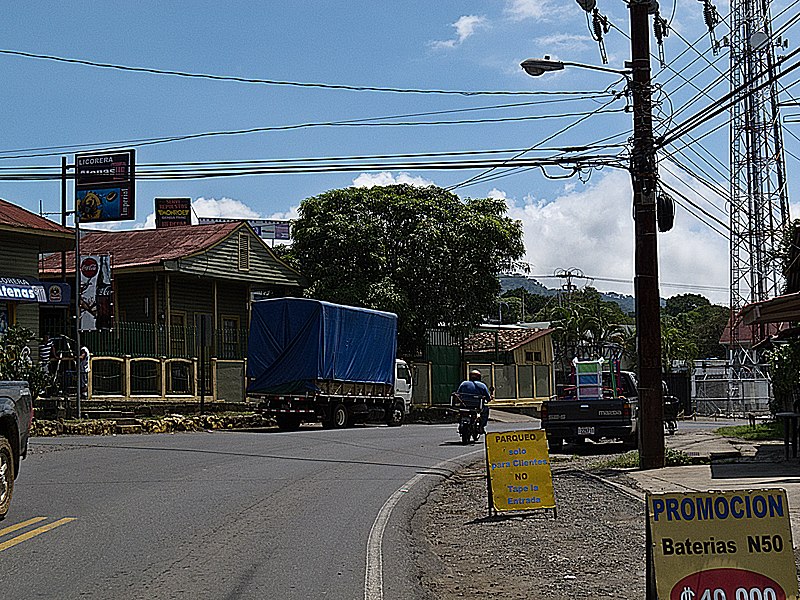
Atenas
Visit the guide

Cartago
Visit the guide
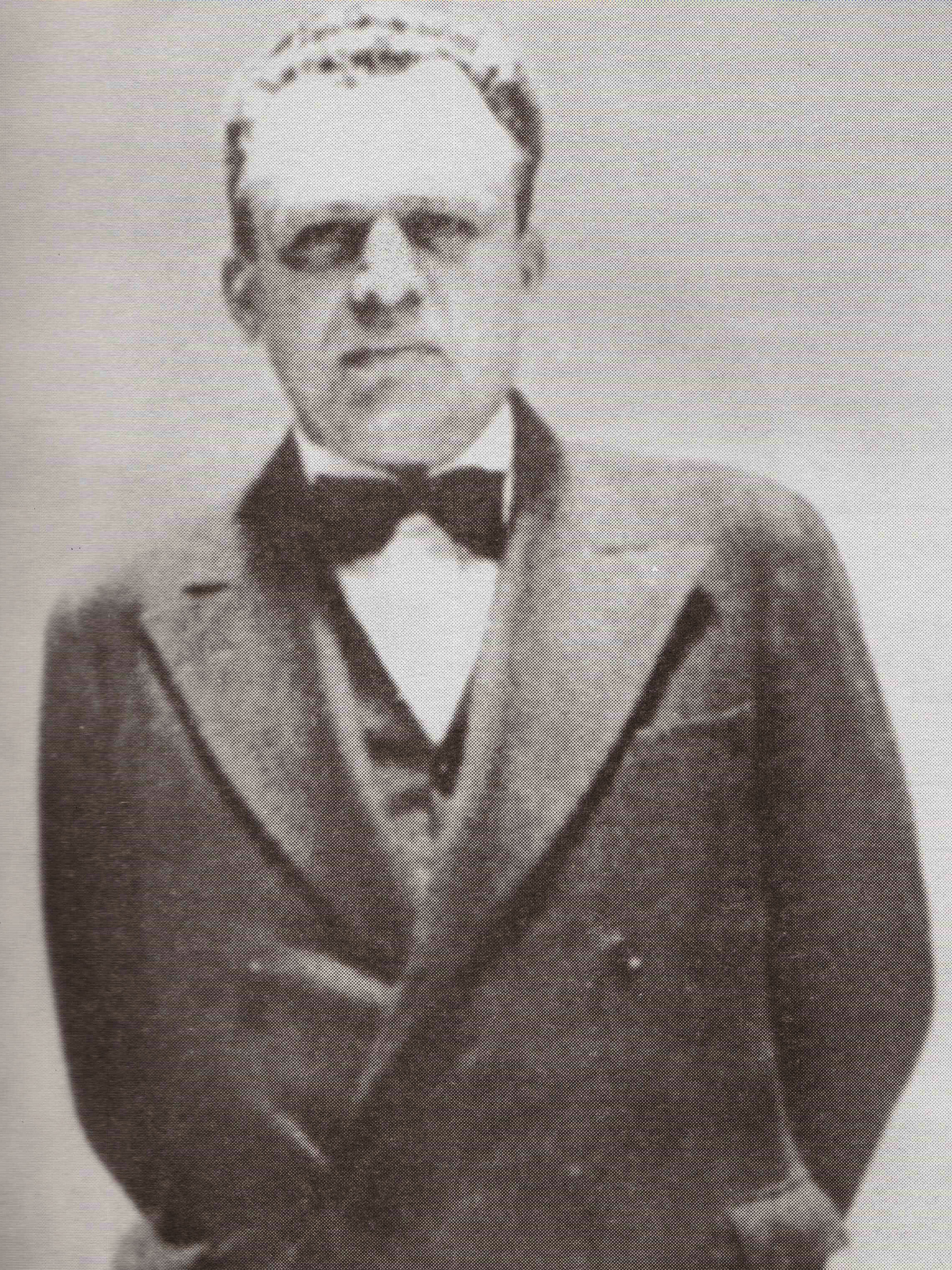
Cañas
Visit the guide

Colon
Visit the guide

Curridabat
Visit the guide

Desamparados
Visit the guide

Guadalupe
Visit the guide
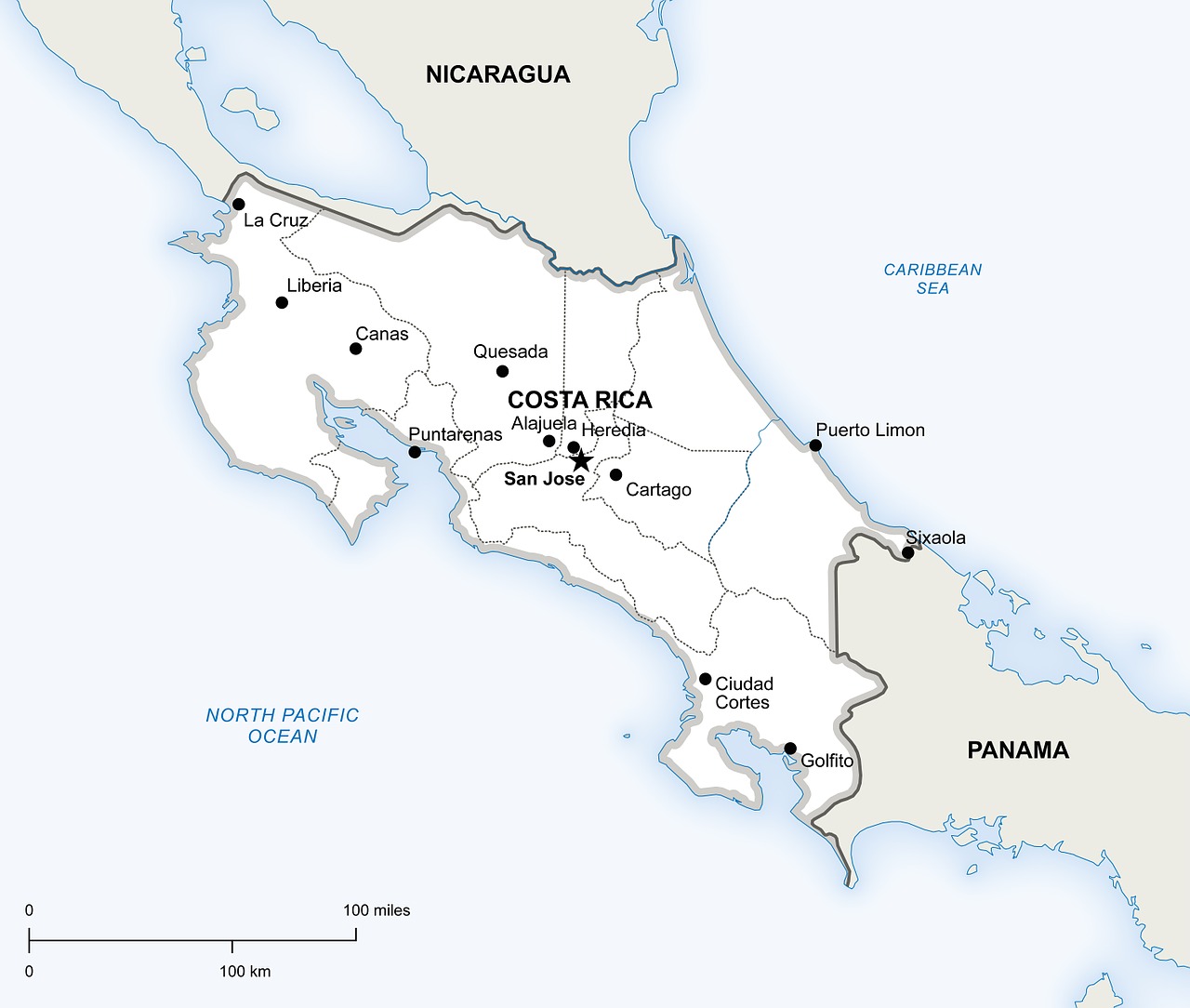
Heredia
Visit the guide

Limon
Visit the guide
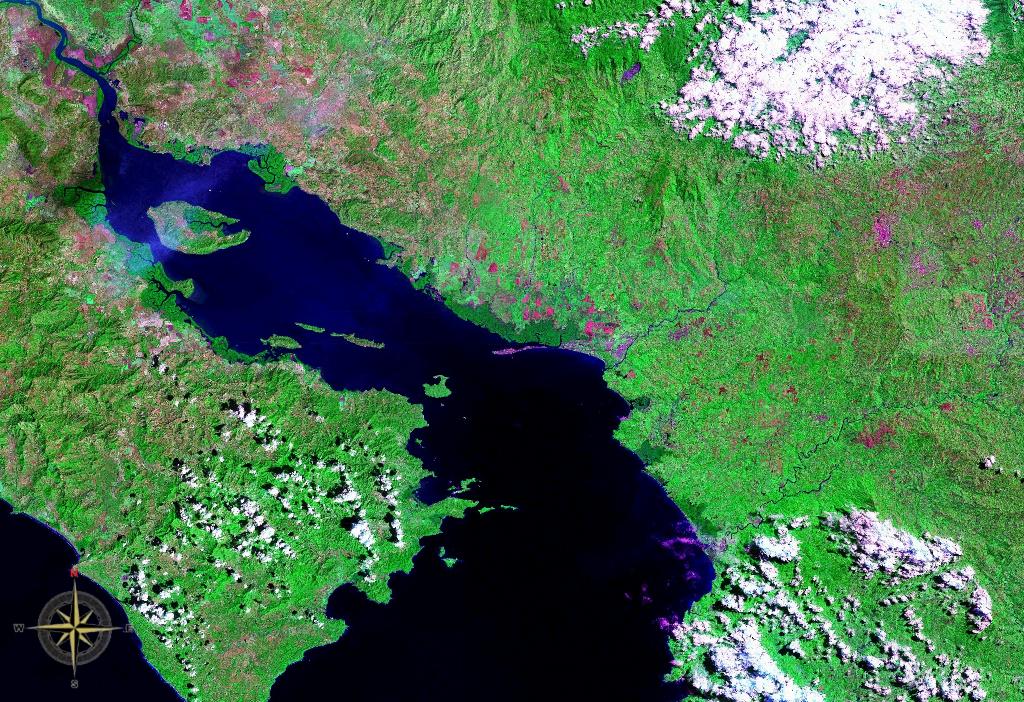
Nicoya
Visit the guide

Paraiso
Visit the guide

Puntarenas
Visit the guide

Purral
Visit the guide

Quesada
Visit the guide

San Francisco
Visit the guide
San Isidro
Visit the guide

San Vicente
Visit the guide

Siquirres.
Visit the guide

Tres Rios
Visit the guide
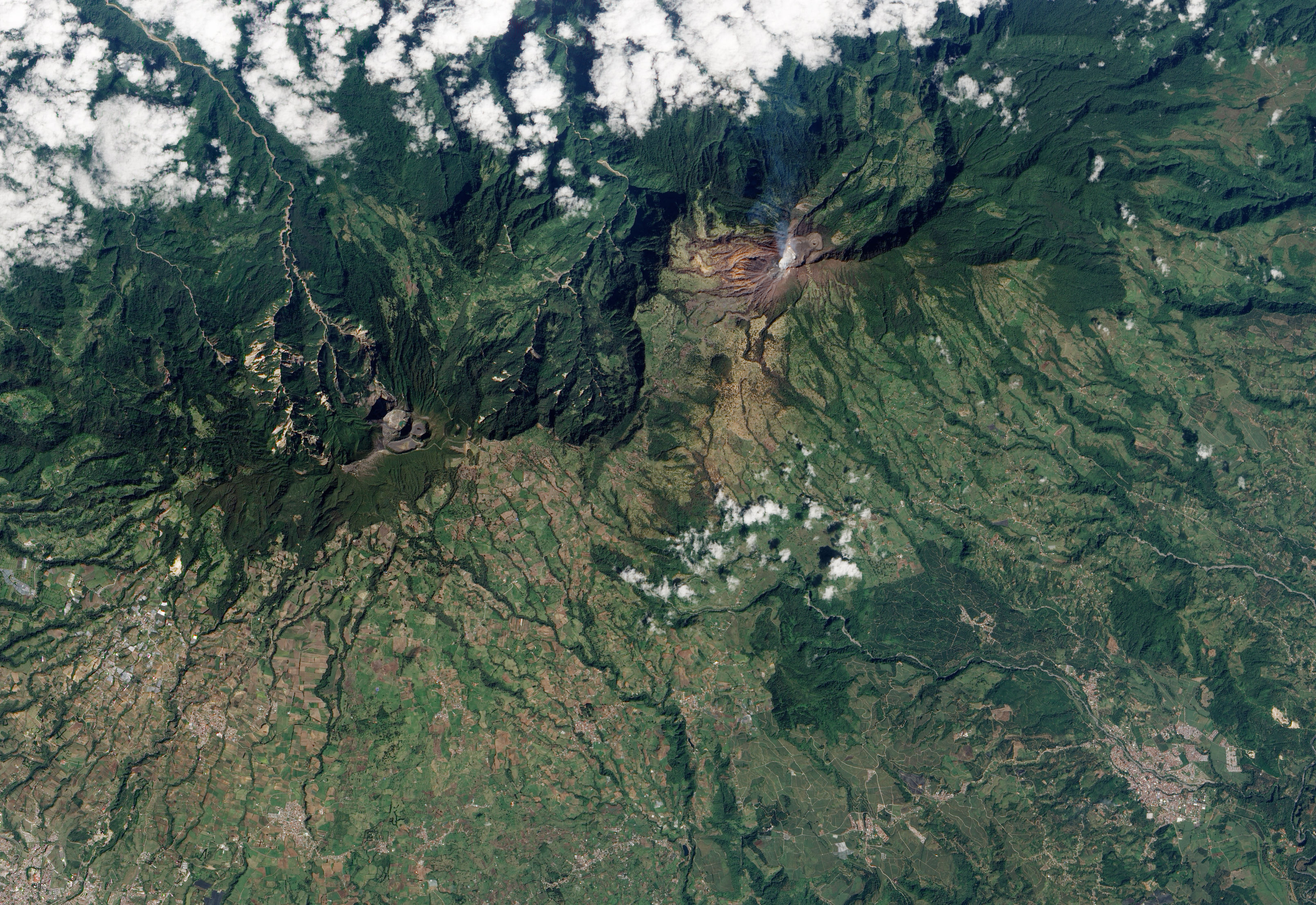
Turrialba
Visit the guide
festivites
Here are some of the main holidays and festivities celebrated in Costa Rica:
1. New Year's Day (January 1st): Celebrated nationwide, this holiday marks the beginning of the new year and is often celebrated with fireworks, parties, and family gatherings.
2. Easter Week (Semana Santa): This week-long holiday is one of the most important religious celebrations in Costa Rica and typically takes place in either March or April. Many Costa Ricans will attend church services, participate in processions, and take part in other religious ceremonies during this time.
3. Labor Day (May 1st): This holiday is celebrated throughout Costa Rica to honor workers and their contributions to society. Many businesses close for the day, and there are often parades and other festivities held in major cities.
4. Mother's Day (August 15th): In Costa Rica, Mother's Day is a national holiday that falls on August 15th every year. It is a day to honor and celebrate mothers and mother figures with gifts, cards, and other expressions of love.
5. Independence Day (September 15th): This holiday celebrates Costa Rica's independence from Spain, which occurred on September 15th, 1821. Festivities typically include parades, music, dancing, and traditional food and drinks.
6. Christmas (December 25th): Like many other countries around the world, Costa Rica celebrates Christmas with decorated trees, lights, and gift-giving. One unique Costa Rican tradition is the "farolito," a small lantern made from bamboo and paper that is lit and placed outside homes and businesses during the holiday season.
Overall, these holidays and festivities reflect the cultural diversity and traditions of Costa Rica, ranging from religious observances to national pride and family celebration.
seasons
Costa Rica has two main tourist seasons:
1. High season (Dry season): From mid-December through April. This is the busiest time for tourism in Costa Rica, with high demand for accommodations, activities, and transportation. The weather during this season is typically dry, sunny, and warm, making it an ideal time to visit beaches and rainforests.
Recommendations: Book your accommodations, transportation, and tours well in advance as availability can be limited and prices can be high. Be prepared for large crowds at popular attractions.
2. Low season (Green season): From May to mid-December. This season is characterized by more frequent rain showers and generally lower tourist numbers. However, the rain brings lush green landscapes and plenty of opportunities to see wildlife.
Recommendations: Bring appropriate rain gear and plan for indoor activities or relaxation during rainy periods. Take advantage of lower prices and fewer crowds at popular attractions.
visa
Some special visa rules for citizens visiting Costa Rica are as follows:
1. Visa-free entry: Citizens of certain countries, including the United States, Canada, and most European Union countries, can enter Costa Rica without a visa for up to 90 days.
2. Visa on arrival: Citizens of some countries that aren't visa-exempt can obtain a visa upon arrival in Costa Rica. This includes citizens of China, Russia, and Turkey.
3. Tourist visa extension: Visitors who want to stay in Costa Rica for longer than 90 days can apply for a tourist visa extension. The cost for a tourist visa extension is $100 USD per month.
4. Residency visa: Visitors who want to stay in Costa Rica for an extended period or work there must apply for a residency visa. There are several categories of residency visas, such as pensionado, rentista, and investor. The cost for a residency visa varies depending on the category, but generally ranges from $250-$500 USD.
It's important to note that visa requirements and fees may change over time, so it's best to check with the Embassy of Costa Rica in your country for the most up-to-date information.
souvenirs
Here are some popular souvenirs to buy from Costa Rica, along with their average prices and suggested places to purchase them:
1. Coffee: $10-$20 for 500g bag. Suggested places to buy: Café Britt or any local supermarket.
2. Handmade pottery: $5-$50 depending on size and complexity. Suggested places to buy: Guaitil or Sarchi.
3. Chocolate: $5-$15 for a small box of chocolates. Suggested places to buy: Cafe Britt or Oro Moreno.
4. Traditional clothing: $20-$100 depending on the item. Suggested places to buy: San Jose Central Market or souvenir shops in tourist areas.
5. Wooden items: $10-$50 depending on size and quality. Suggested places to buy: Masaya or souvenir shops in tourist areas.
6. Vanilla beans: $5-$15 per package. Suggested places to buy: local markets or souvenir shops in tourist areas.
7. Hammocks: $30-$100 depending on size and material. Suggested places to buy: souvenir shops in tourist areas or specialty stores.
Note that prices may vary depending on the location and store, so it's best to shop around and compare prices before making a purchase.
If you have 1 week
Great to hear that you are in Costa Rica! One week is not enough to explore everything this beautiful country has to offer, but I can definitely suggest a few places that you should add to your itinerary.
Firstly, you should visit Arenal Volcano National Park. This stunning national park offers a range of activities such as hiking, hot springs, and zip-lining. You can also take a guided tour of the volcano, which is considered one of the most active in the world. It's truly an unforgettable experience!
Next, you should make your way to the Monteverde Cloud Forest Reserve. This breathtaking reserve is home to over 100 species of mammals, 400 species of birds, and thousands of species of plants. You can hike through the cloud forest, go birdwatching, or take a guided tour of the reserve.
Another must-visit destination is Manuel Antonio National Park. This national park boasts some of the most beautiful beaches in the country, as well as a wide variety of wildlife such as monkeys, sloths, and iguanas. You can spend your day relaxing on the beach, taking a dip in the ocean, or exploring the park's many trails.
If you're interested in learning about Costa Rica's rich culture and history, you should visit the city of San Jose. This vibrant city is home to numerous museums, galleries, and historical landmarks. You can take a stroll through the bustling Central Market, visit the National Museum of Costa Rica, or explore the city's many art galleries and theatres.
Finally, you should consider spending a day in Tortuguero National Park. This remote park can only be accessed by boat or plane, but it's worth the journey! The park is home to an incredible array of wildlife such as sea turtles, howler monkeys, and jaguars. You can take a guided tour of the park's waterways or simply relax on one of its many secluded beaches.
Overall, Costa Rica is an incredible country with so much to offer. By visiting these destinations, you will get a taste of the country's natural beauty, rich culture, and fascinating history. Enjoy your trip!
If you have 2 weeks
Hello there! You are in Costa Rica, one of the most beautiful countries in Central America. Here is a two-week itinerary that will allow you to explore some of the most remarkable places this country has to offer.
- Day 1-3: Start your adventure in San Jose, Costa Rica's capital city. You can visit the National Museum of Costa Rica, which hosts a collection of pre-Columbian artifacts and learn about the country's history. Take a stroll around the city center and visit the iconic Central Market or Plaza de la Cultura. At night, try some typical Costa Rican food at Mercado Escalante; it's a great spot for foodies.
- Day 4-6: Head north toward the Arenal Volcano area. The volcano is currently dormant, but its beautiful landscape is still worth admiring. You can relax in hot springs or take an adventurous hike through the rainforest. If you're feeling brave, try zip-lining or bungee jumping!
- Day 7-9: Next stop, Manuel Antonio National Park located on the Pacific coast. It is one of the smallest national parks in Costa Rica, but it offers beautiful white sand beaches and an abundance of flora and fauna. You can take a guided tour and spot monkeys, sloths, and iguanas, or just relax on the beach surrounded by nature.
- Day 10-12: Take a drive to Monteverde Cloud Forest Reserve, known for its misty forests and diverse wildlife. Take a walk through the hanging bridges, explore the butterfly gardens, or go on a zip-line canopy tour.
- Day 13-14: End your trip with a relaxing beach stay at Tamarindo Beach, located on the Nicoya Peninsula. This area is famous for its amazing surf spots and laid-back atmosphere. Spend your days surfing, paddleboarding, or just lounging on the beach.
Costa Rica has so much to offer, from beautiful beaches to lush rainforests and incredible wildlife. This itinerary will give you a taste of everything, and I hope you have an amazing time exploring this wonderful country!
Culture
Costa Rica was the point where the Mesoamerican and South American native cultures met. The northwest of the country, the Nicoya peninsula, was the southernmost point of Nahuatl cultural influence when the Spanish conquerors (conquistadores) came in the 16th century. The central and southern portions of the country had Chibcha influences. The Atlantic coast, meanwhile, was populated with African workers during the 17th and 18th centuries.
As a result of the immigration of Spaniards, their 16th-century Spanish culture and its evolution marked everyday life and culture until today, with the Spanish language and the Catholic religion as primary influences.
The Department of Culture, Youth, and Sports is in charge of the promotion and coordination of cultural life. The work of the department is divided into Direction of Culture, Visual Arts, Scenic Arts, Music, Patrimony, and the System of Libraries. Permanent programs, such as the National Symphony Orchestra of Costa Rica and the Youth Symphony Orchestra, are conjunctions of two areas of work: Culture and Youth.
Dance-oriented genres, such as soca, salsa, bachata, merengue, cumbia and Costa Rican swing are enjoyed increasingly by older rather than younger people. The guitar is popular, especially as an accompaniment to folk dances; however, the marimba was made the national instrument.
In November 2017, National Geographic magazine named Costa Rica as the happiest country in the world, and the country routinely ranks high in various happiness metrics. The article included this summary: "Costa Ricans enjoy the pleasure of living daily life to the fullest in a place that mitigates stress and maximizes joy". It is not surprising then that one of the most recognizable phrases among "Ticos" is "Pura Vida", pure life in a literal translation. It reflects the inhabitant's philosophy of life, denoting a simple life, free of stress, a positive, relaxed feeling. The expression is used in various contexts in conversation. Often, people walking down the streets, or buying food at shops say hello by saying Pura Vida. It can be phrased as a question or as an acknowledgement of one's presence. A recommended response to "How are you?" would be "Pura Vida." In that usage, it might be translated as "awesome", indicating that all is very well. When used as a question, the connotation would be "everything is going well?" or "how are you?".
Costa Rica rates 12th on the 2017 Happy Planet Index in the World Happiness Report by the UN but the country is said to be the happiest in Latin America. Reasons include the high level of social services, the caring nature of its inhabitants, long life expectancy and relatively low corruption.
Costa Rican cuisine is a blend of Native American, Spanish, African, and many other cuisine origins. Dishes such as the very traditional tamale and many others made of corn are the most representative of its indigenous inhabitants, and similar to other neighboring Mesoamerican countries. Spaniards brought many new ingredients to the country from other lands, especially spices and domestic animals. And later in the 19th century, the African flavor lent its presence with influence from other Caribbean mixed flavors. This is how Costa Rican cuisine today is very varied, with every new ethnic group who had recently become part of the country's population influencing the country's cuisine.
Costa Rica entered the Summer Olympics for the first time in 1936. The sisters Silvia and Claudia Poll have won all four of the country's Olympic Medals for swimming; one Gold, one Silver, and two Bronze.
Football is the most popular sport in Costa Rica. The national team has played in five FIFA World Cup tournaments and reached the quarter-finals for the first time in 2014. Its best performance in the regional CONCACAF Gold Cup was runner-up in 2002. Paulo Wanchope, a forward who played for three clubs in England's Premier League in the late 1990s and early 2000s, is credited with enhancing foreign recognition of Costa Rican football. Costa Rica, along with Panama, was granted the hosting rights of 2020 FIFA U-20 Women's World Cup, which was postponed until 2021, due to the COVID-19 pandemic. On 17 November 2020, FIFA announced that the event would be held in Costa Rica in 2022.
As of late 2021, Costa Rica's women's national volleyball team has been the top team in Central America's AFECAVOL (Asociación de Federaciones CentroAmericanas de Voleibol) zone. Costa Rica featured a women's national team in beach volleyball that competed at the 2018–2020 NORCECA Beach Volleyball Continental Cup.
Religion
Most Costa Ricans identify with a Christian religion, with Catholicism being the one with the largest number of members and also the official state religion according to the 1949 Constitution, which at the same time guarantees freedom of religion. Costa Rica is the only modern state in the Americas which currently has Catholicism as its state religion; other countries with state religions (Catholic, Lutheran, Anglican, Orthodox) are in Europe: Liechtenstein, Monaco, the Vatican City, Malta, United Kingdom, Denmark, Iceland, and Greece.
The Latinobarómetro survey of 2017 found that 57% of the population identify themselves as Roman Catholics, 25% are Evangelical Protestants, 15% report that they do not have a religion, and 2% declare that they belong to another religion. This survey indicated a decline in the share of Catholics and rise in the share of Protestants and irreligious. A University of Costa Rica survey of 2018 show similar rates; 52% Catholics, 22% Protestants, 17% irreligious and 3% other. The rate of secularism is high by Latin American standards.
Due to small, but continuous, immigration from Asia and the Middle East, other religions have grown, the most popular being Buddhism, with about 100,000 practitioners (over 2% of the population). Most Buddhists are members of the Han Chinese community of about 40,000 with some new local converts. There is also a small Muslim community of about 500 families, or 0.001% of the population.
The Sinagoga Shaarei Zion synagogue is near La Sabana Metropolitan Park in San José. Several homes in the neighborhood east of the park display the Star of David and other Jewish symbols.
The Church of Jesus Christ of Latter-day Saints claims more than 35,000 members, and has a temple in San José that served as a regional worship center for Costa Rica. However, they represent less than 1% of the population.
Demographics
The 2011 census counted a population of 4.3 million people distributed among the following groups: 83.6% whites or mestizos, 6.7% mulattoes, 2.4% Native American, 1.1% black or Afro-Caribbean; the census showed 1.1% as Other, 2.9% (141,304 people) as None, and 2.2% (107,196 people) as unspecified. By 2016, the UN estimation for the population was around million. In 2011, there were over 104,000 Native American or indigenous inhabitants, representing 2.4% of the population. Most of them live in secluded reservations, distributed among eight ethnic groups: Quitirrisí (in the Central Valley), Matambú or Chorotega (Guanacaste), Maleku (northern Alajuela), Bribri (southern Atlantic), Cabécar (Cordillera de Talamanca), Guaymí (southern Costa Rica, along the Panamá border), Boruca (southern Costa Rica) and Térraba people (southern Costa Rica).
The population includes European Costa Ricans (of European ancestry), primarily of Spanish descent, with significant numbers of Italian, German, English, Dutch, French, Irish, Portuguese, and Polish families, as well a sizable Jewish community. The majority of the Afro-Costa Ricans are Creole English-speaking descendants of 19th century black Jamaican immigrant workers.
The 2011 census classified 83.6% of the population as white or Mestizo; the latter are persons of combined European and Amerindian descent. The Mulatto segment (mix of white and black) represented 6.7% and indigenous people made up 2.4% of the population. Native and European mixed-blood populations are far less than in other Latin American countries. Exceptions are Guanacaste, where almost half the population is visibly mestizo, a legacy of the more pervasive unions between Spanish colonists and Chorotega Amerindians through several generations, and Limón, where the vast majority of the Afro-Costa Rican community lives.
Costa Rica hosts many refugees, mainly from Colombia and Nicaragua. As a result of that and illegal immigration, an estimated 10–15% (400,000–600,000) of the Costa Rican population is made up of Nicaraguans. Some Nicaraguans migrate for seasonal work opportunities and then return to their country. Costa Rica took in many refugees from a range of other Latin American countries fleeing civil wars and dictatorships during the 1970s and 1980s, notably from Chile and Argentina, as well as people from El Salvador who fled from guerrillas and government death squads.
According to the World Bank, in 2010 about 489,200 immigrants lived in the country, many from Nicaragua, Panama, El Salvador, Honduras, Guatemala, and Belize, while 125,306 Costa Ricans live abroad in the United States, Panama, Nicaragua, Spain, Mexico, Canada, Germany, Venezuela, Dominican Republic, and Ecuador. The number of migrants declined in later years but in 2015, there were some 420,000 immigrants in Costa Rica and the number of asylum seekers (mostly from Honduras, El Salvador, Guatemala and Nicaragua) rose to more than 110,000, a fivefold increase from 2012. In 2016, the country was called a "magnet" for migrants from South and Central America and other countries who were hoping to reach the U.S.
Most Costa Ricans identify with a Christian religion, with Catholicism being the one with the largest number of members and also the official state religion according to the 1949 Constitution, which at the same time guarantees freedom of religion. Costa Rica is the only modern state in the Americas which currently has Catholicism as its state religion; other countries with state religions (Catholic, Lutheran, Anglican, Orthodox) are in Europe: Liechtenstein, Monaco, the Vatican City, Malta, United Kingdom, Denmark, Iceland, and Greece.
The Latinobarómetro survey of 2017 found that 57% of the population identify themselves as Roman Catholics, 25% are Evangelical Protestants, 15% report that they do not have a religion, and 2% declare that they belong to another religion. This survey indicated a decline in the share of Catholics and rise in the share of Protestants and irreligious. A University of Costa Rica survey of 2018 show similar rates; 52% Catholics, 22% Protestants, 17% irreligious and 3% other. The rate of secularism is high by Latin American standards.
Due to small, but continuous, immigration from Asia and the Middle East, other religions have grown, the most popular being Buddhism, with about 100,000 practitioners (over 2% of the population). Most Buddhists are members of the Han Chinese community of about 40,000 with some new local converts. There is also a small Muslim community of about 500 families, or 0.001% of the population.
The Sinagoga Shaarei Zion synagogue is near La Sabana Metropolitan Park in San José. Several homes in the neighborhood east of the park display the Star of David and other Jewish symbols.
The Church of Jesus Christ of Latter-day Saints claims more than 35,000 members, and has a temple in San José that served as a regional worship center for Costa Rica. However, they represent less than 1% of the population.
The primary language spoken in Costa Rica is Spanish, which features characteristics distinct to the country, a form of Central American Spanish. Costa Rica is a linguistically diverse country and home to at least five living local indigenous languages spoken by the descendants of pre-Columbian peoples: Maléku, Cabécar, Bribri, Guaymí, and Buglere.
Of native languages still spoken, primarily in indigenous reservations, the most numerically important are the Bribri, Maléku, Cabécar and Ngäbere languages; some of these have several thousand speakers in Costa Rica while others have a few hundred. Some languages, such as Teribe and Boruca, have fewer than a thousand speakers. The Buglere language and the closely related Guaymí are spoken by some in southeast Puntarenas.
A Creole-English language, Jamaican patois (also known as Mekatelyu), is an English-based Creole language spoken by the Afro-Carib immigrants who have settled primarily in Limón Province along the Caribbean coast.
About 10.7% of Costa Rica's adult population (18 or older) also speaks English, 0.7% French, and 0.3% speaks Portuguese or German as a second language.
Cities:

